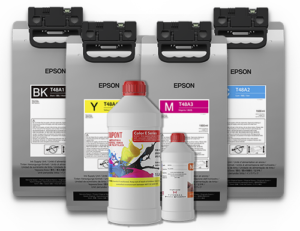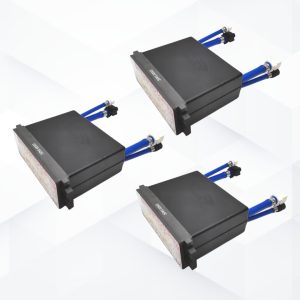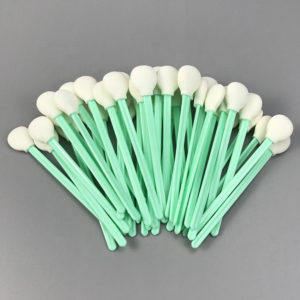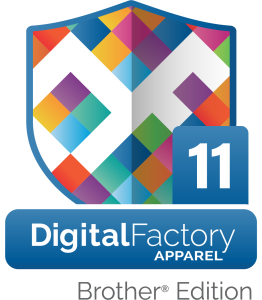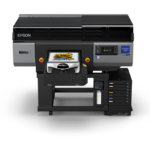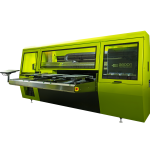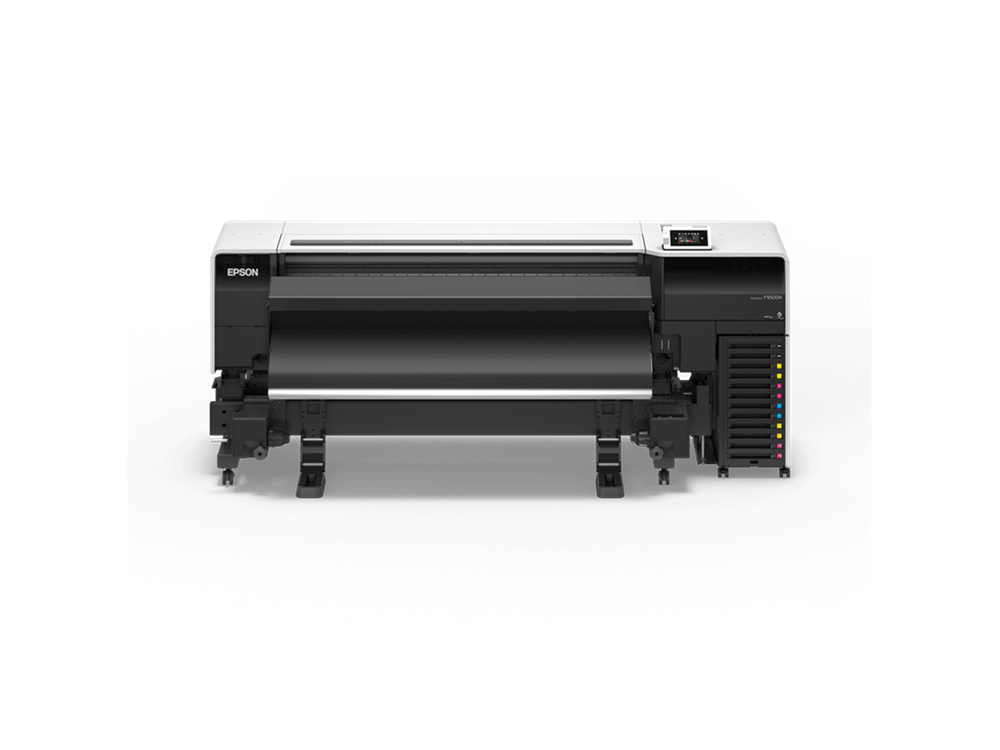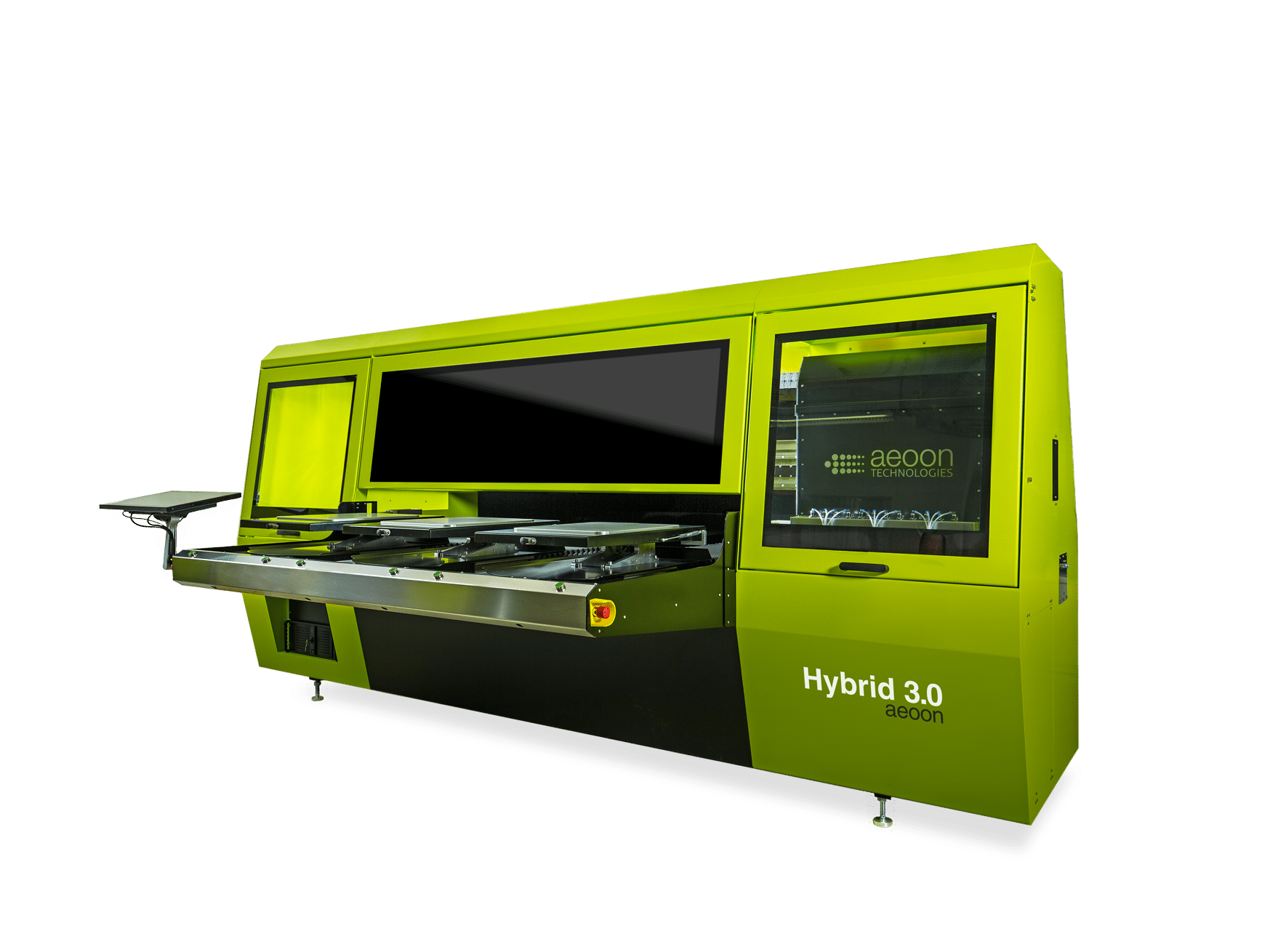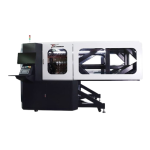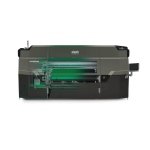In the fiercely competitive garment manufacturing industry, scalability is essential. With the rapid rise of on-demand fashion, personalized t-shirt brands, and bulk fulfillment systems, printing businesses constantly need to consider which technology will help them grow without compromising quality or profitability. When comparing traditional Direct-to-Garment (DTG) and Hybrid DTG printer, which option is the optimal choice for your factory?
Let’s compare the differences in print speed, fabric compatibility, operational efficiency, and long-term costs – and see how the Textalk Hybrid DTG Printer series can elevate your factory.
Traditional DTG: Flexible, But With Limits
Traditional DTG printing is widely recognized for its simplicity, ability to print full-color designs with high resolution, and low setup costs. It’s the go-to method for small batch orders, personalization, and designs with complex gradients or color blends. Traditional DTG printers shine when you’re producing 1 to 100 pieces on-demand. However, challenges arise when the volume scales up.
For high-volume production, DTG has limitations:
- Slower print speeds (especially on dark garments, due to white ink underbase)
- Pre-treatment and curing steps increase turnaround time
- Manual loading/unloading can become a bottleneck
- Requires skilled labor for consistent output
While it’s an excellent solution for startups and boutique brands, traditional DTG becomes increasingly difficult to manage in enterprise-scale operations.
Hybrid DTG: The Scalable Alternative
Hybrid DTG printer integrates DTG technology into traditional screen printing workflows, enabling a production model that combines the best of both worlds. The core idea is to leverage existing screen printing infrastructure for pretreatment and base layers, while DTG heads are used for full-color printing.
This model eliminates many bottlenecks associated with standalone DTG units and enables:
- Faster print cycles (as the hybrid system reduces time spent on pretreatment and drying)
- Better color accuracy and vibrancy with hybrid inks
- Seamless integration into existing conveyor or rotary setups
- Higher consistency and quality on both light and dark garments
- Reduced labor and higher automation potential
From a scalability standpoint, hybrid DTG solutions offer distinct advantages, particularly for manufacturers looking to increase output without compromising on detail or quality.
Real-World Example: The Textalk Hybrid Printer Series
Fluxmall proudly distributes the Textalk Hybrid Printer line, a game-changer for textile production houses ready to scale. Each model in the series addresses specific needs across different factory setups:
Textalk TFR Series Hybrid Printer uses the drop-on-demand StarFire SG1024 SA2C printhead, Textalk TGR Series Hybrid Printer uses the Ricoh printheads, Textalk TKR Series Hybrid Printer uses the Kyocera printheads for high-performance printing.
These hybrid solutions provide the high-speed, high-precision digital printing capabilities required for scalable garment production, while maintaining compatibility with standard screen print workflows. The Textalk Hybrid Printer Series are compatible with various screen printing machines of well-known global OEMs (i.e. MHM, KTK, ROQ, etc.)
Textalk TFR Series Hybrid Printer

Textalk TGR Series Hybrid Printer

Textalk TKR Series Hybrid Printer

Overhead and Long-Term Efficiency
Beyond just speed, hybrid DTG systems bring significant operational benefits. By using screen printing for the white underbase or block areas and DTG for the CMYK top layers, you reduce the need for excessive white ink consumption — one of the highest costs in DTG printing.
Maintenance is also simplified. Hybrid systems are often better ventilated, with ink management built into the conveyor workflow. Plus, with fewer machines doing more work, floor space and manpower requirements are streamlined.
When paired with strong after-sales support — such as what Fluxmall provides with dedicated training, spare parts availability, and on-site servicing — hybrid DTG becomes a future-proof investment.
Fabric Compatibility and Print Quality
One of the common myths is that DTG is limited to 100% cotton. While it’s true that traditional DTG printers struggle with polyester, modern hybrid systems combined with advanced pretreatment and hybrid inks significantly expand material compatibility.
From cotton and polyblends to performance fabrics, hybrid DTG printers like the Textalk series are engineered for a wider substrate range. This means more product types (t-shirts, sportswear, fashion items) and more opportunities to serve diverse markets.
Conclusion: Which Is More Scalable?
When evaluating print scalability, it’s not just about how fast a machine can print — it’s about how well the system fits into an efficient, high-volume workflow.
Traditional DTG printers are perfect for customized, small-batch production but fall short in high-throughput scenarios due to manual labor and longer cycle times.
Hybrid DTG printers, especially models like the Textalk TKR and TGR, offer the speed, integration, and automation needed for modern garment factories. They bridge the gap between analog and digital, allowing you to scale up without compromising on print quality or fabric compatibility.
If you’re ready to future-proof your print operations and meet the growing demand for personalized, high-volume apparel, a hybrid DTG printer may be your next best move.
Learn more about Textalk Hybrid Printers.

